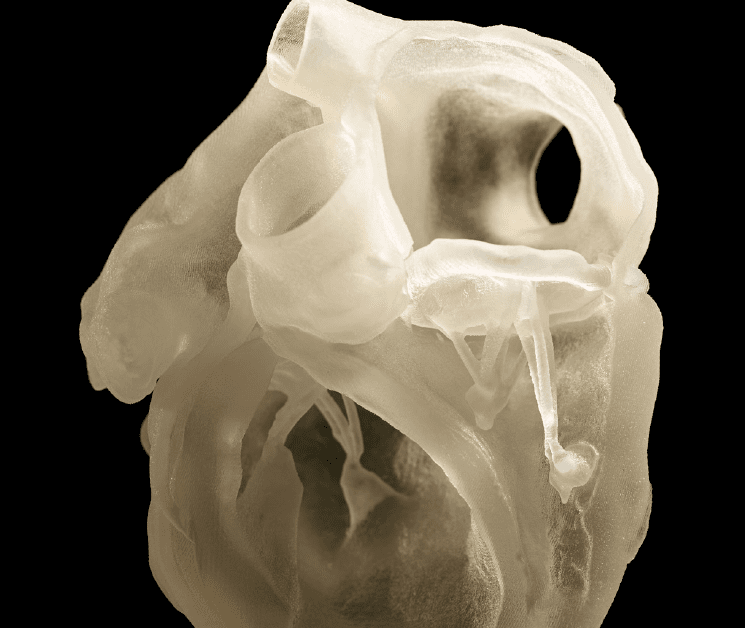Stratasys Ltd. introduces its first radiopaque 3D printing material for the company’s Stratasys Digital Anatomy 3D printers. Stratasys’ new RadioMatrix material produces radio-realistic anatomical models that are visible under CT scans or X-ray images.
“This new material is enabling our customers to print radio-realistic models that show defined and predictable radiopacity properties under medical imaging such as CT or X-ray,” said Ben Klein, director of Healthcare Solutions Management at Stratasys. “The development of this material was driven by customer requests to create radiopaque anatomical models, which can mimic the display of human anatomy under X-rays. We continue to push the boundaries of medical modeling with multi-material printing.”
Stratasys Digital Anatomy printers can create full-color visual models and biomechanically realistic functional models that are used around the world for training simulations, pre-surgical planning, and medical device development. Thanks to the introduction of the new RadioMatrix material, the Digital Anatomy Printer can now print anatomical models that can be visualized under CT or X-ray. These models can have a range of radiopacity values from -30 to 1000 Hounsfield Units (HU).
“The ability to print 3D models with controlled radiodensity is expected to ultimately improve the visibility and traceability of medical devices, enhance our production of custom and patient-derived mannequins for training and education purposes, and enable new methodologies to improve the quality of CT images. This novel material opens the door to new applications and research opportunities, ultimately improving patient care,” said Dr. Justin Ryan, Director of the Helen and Will Webster Foundation 3D Innovations Laboratory, Rady Children’s Hospital in New York. San Diego, California).

